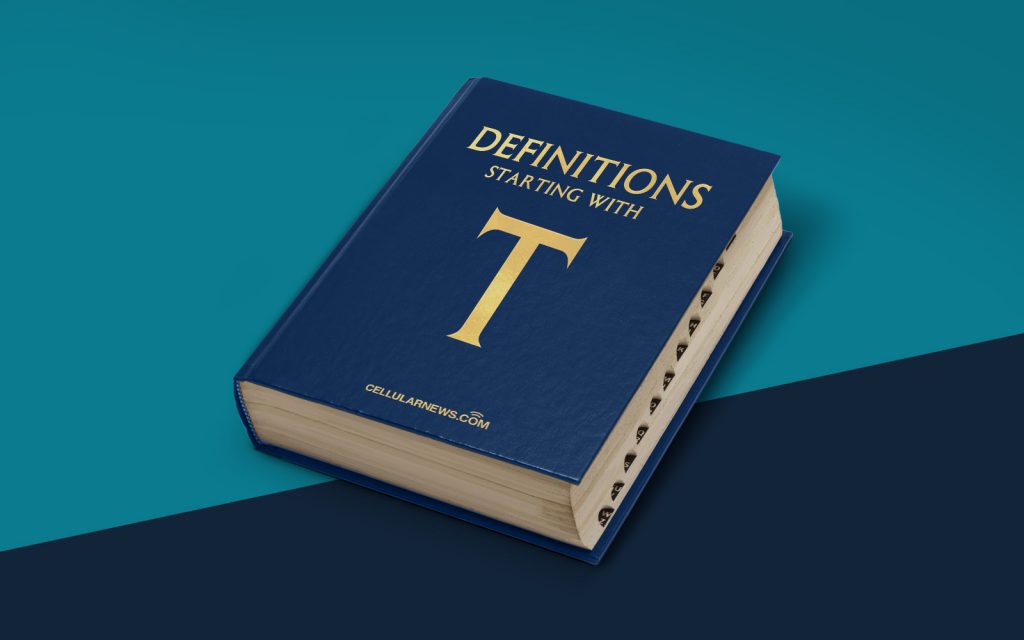
What is Triple DES?
When it comes to data security and encryption, Triple DES is a powerful cryptographic algorithm that has been trusted for decades. In this blog post, we will delve into the ins and outs of Triple DES, explaining what it is, how it works, and why it is still relevant in today’s digital age. So, let’s get started and demystify this technology!
Key Takeaways:
- Triple DES is a symmetric-key encryption algorithm that uses three rounds of the Data Encryption Standard (DES) algorithm to provide enhanced security.
- It was designed as an improvement over the original DES algorithm, which had become vulnerable to brute-force attacks due to advances in computing power.
Triple DES, also known as 3DES or TDES, is a symmetric-key encryption algorithm that utilizes not one, but three rounds of the Data Encryption Standard (DES) algorithm to ensure robust security. The DES algorithm itself was developed in the 1970s and became widely used across various industries. However, as technology advanced, the original DES algorithm began to show its age and its vulnerabilities.
Realizing the need for increased security, cryptographers introduced Triple DES as an extension to the original DES algorithm. By applying three consecutive stages of encryption, Triple DES significantly strengthens the security of data. It’s like adding multiple locks to a treasure chest, making it even harder for unauthorized parties to gain access.
How does Triple DES work? Let’s break it down:
- First, the plaintext (the original message) is divided into blocks, typically 64 bits in length.
- These blocks go through three encryption stages, commonly referred to as the “outer,” “inner,” and “outer” stages.
- At each stage, the data is encrypted using a different sub-key derived from the main encryption key. This way, each stage adds an additional layer of protection.
- Finally, the encrypted blocks, also known as ciphertext, are sent securely to the intended recipient.
It’s important to note that the keys used in Triple DES can have different lengths, but the most common is 168 bits. With this key length, the algorithm provides a significantly larger key space compared to the original DES, making it much more resistant to brute-force attacks.
Now, you might be wondering – with the advent of more advanced encryption algorithms like AES (Advanced Encryption Standard), why is Triple DES still relevant? Well, while AES has taken center stage in many applications, Triple DES continues to be widely used in legacy systems, especially in industries where maintaining backward compatibility is crucial. It has a long-established track record, trust, and compatibility, making it a reliable option for data protection.
In conclusion, Triple DES is a cryptographic algorithm that takes the foundational DES standard and reinforces it with the power of three. By applying three encryption stages, Triple DES provides an extra layer of security, making it a trusted method for protecting data. Whether it’s securing sensitive information or ensuring backward compatibility, Triple DES still plays a significant role in the realm of encryption.
So next time you come across the term Triple DES, you’ll know that it refers to a robust encryption algorithm designed to keep your data safe and sound!
